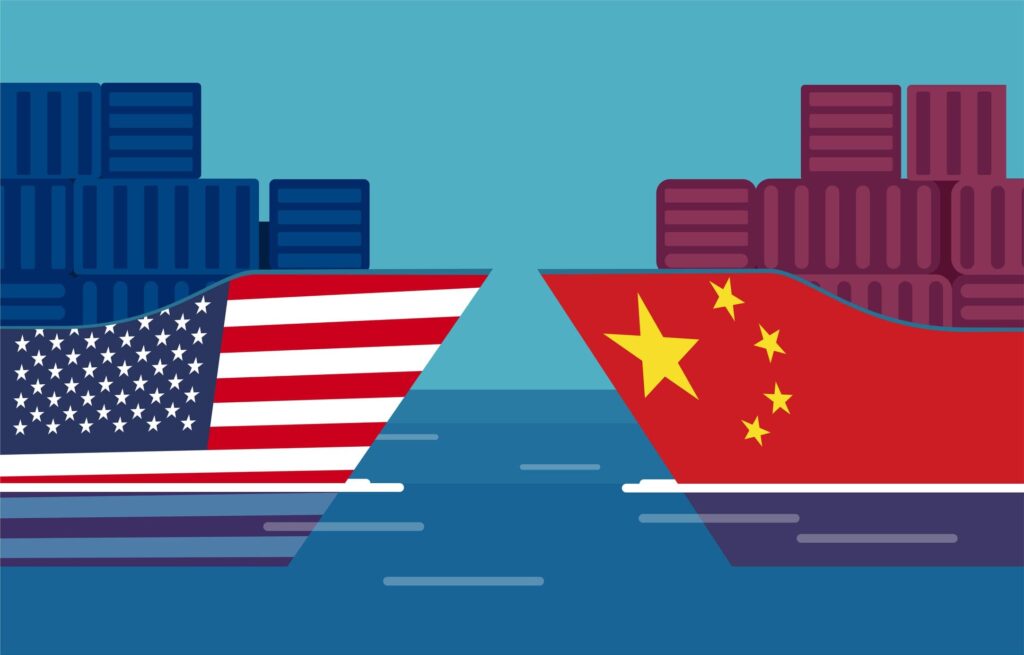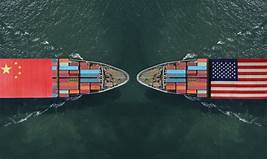
Washington, D.C./Beijing – May 12, 2025 – The United States and China have officially signed a new trade agreement, marking a significant shift in economic relations between the two global superpowers. The deal, announced earlier today, aims to ease tariffs, improve market access, and stabilize financial markets after years of trade tensions.
Key Provisions of the Agreement
The trade pact includes several critical elements designed to foster a more balanced economic partnership:
- Tariff Reductions – Both nations will gradually roll back tariffs imposed during previous trade disputes, easing financial pressure on key industries.
- Market Access Expansion – U.S. companies will gain greater access to China’s technology and consumer markets, while Chinese firms will receive more opportunities in the U.S. financial and agricultural sectors.
- Intellectual Property Protections—Stronger enforcement mechanisms will be implemented to safeguard proprietary technologies and prevent unfair competition.
Impact on Businesses and Global Markets
Economists predict the agreement could boost investor confidence and reignite economic growth for both nations. The trade deal will benefit manufacturers, exporters, and multinational corporations operating in the U.S. and China.
“The reduction of tariffs is a game-changer,” said an industry analyst. “This could restore stability in sectors like automobiles, agriculture, and semiconductors, which have suffered from the uncertainty of past trade disputes.”
Global financial markets reacted positively to the news, with stock indices in New York, Shanghai, and Hong Kong posting gains following the announcement.
Diplomatic and Strategic Considerations
While the trade agreement signals improved relations, experts caution that broader geopolitical tensions—such as disputes over Taiwan, cybersecurity, and supply chain dependencies—could still pose challenges to long-term cooperation.
Nonetheless, officials from both nations expressed optimism. “This deal represents a commitment to mutual economic prosperity and cooperation,” said a White House spokesperson. Similarly, Chinese trade representatives emphasized the importance of “balanced growth and sustainable development in the global economy.”
What’s Next?
The agreement will be implemented in multiple phases over the coming months, and further negotiations are expected on complex issues such as technology transfers, energy trade, and financial regulations.
As businesses, consumers, and policymakers analyze the potential effects of the trade deal, economists say its success will depend on compliance, transparency, and continued diplomatic engagement between the two nations.




